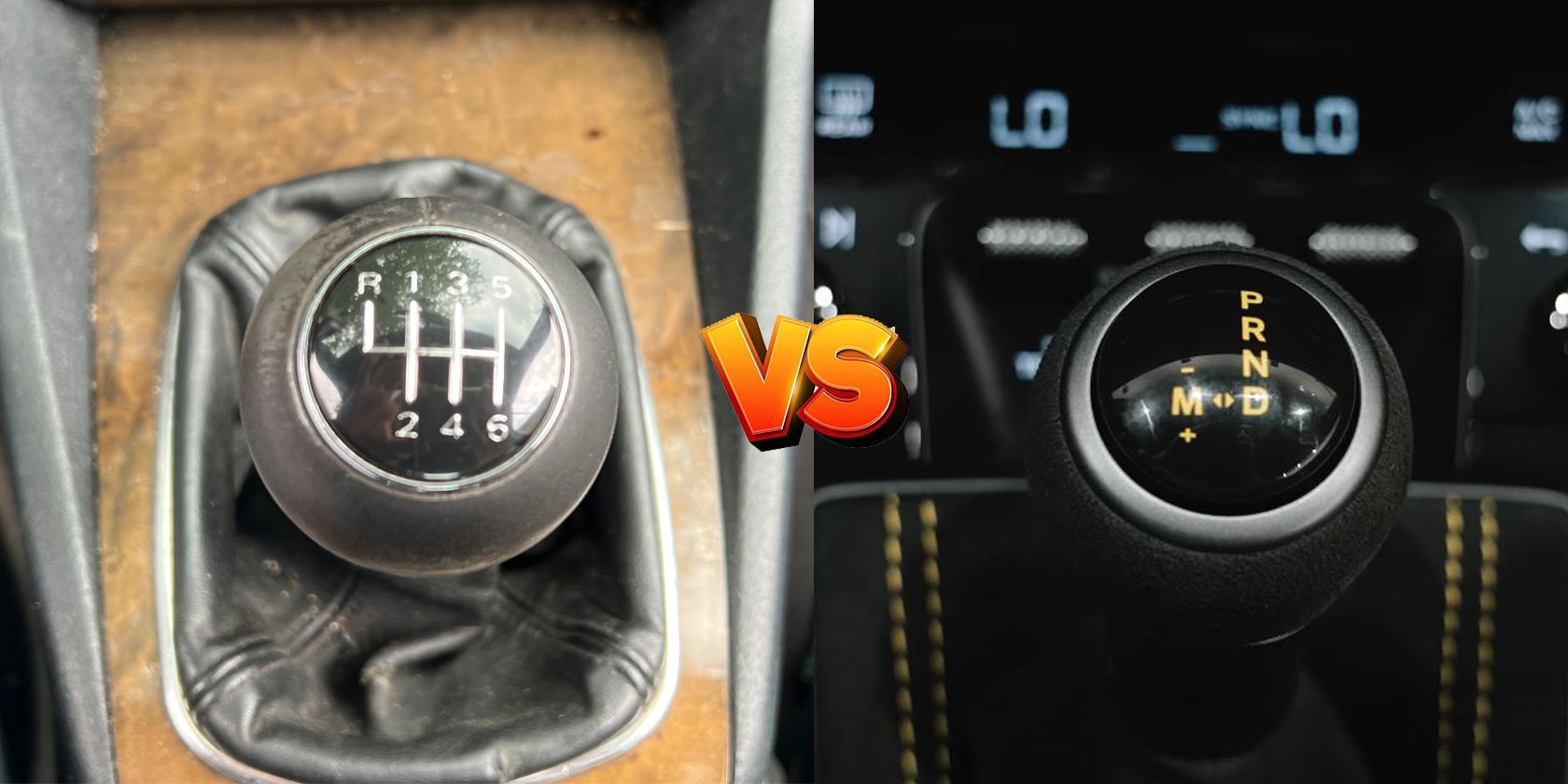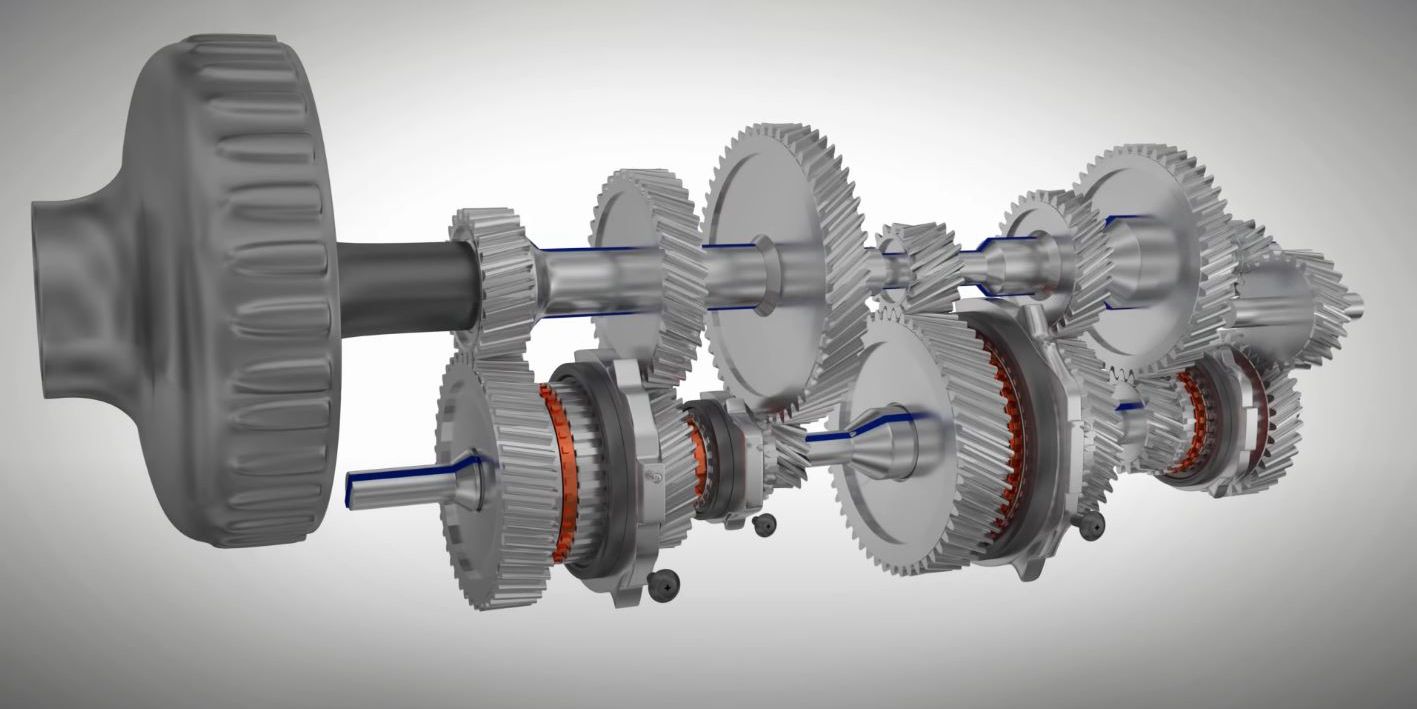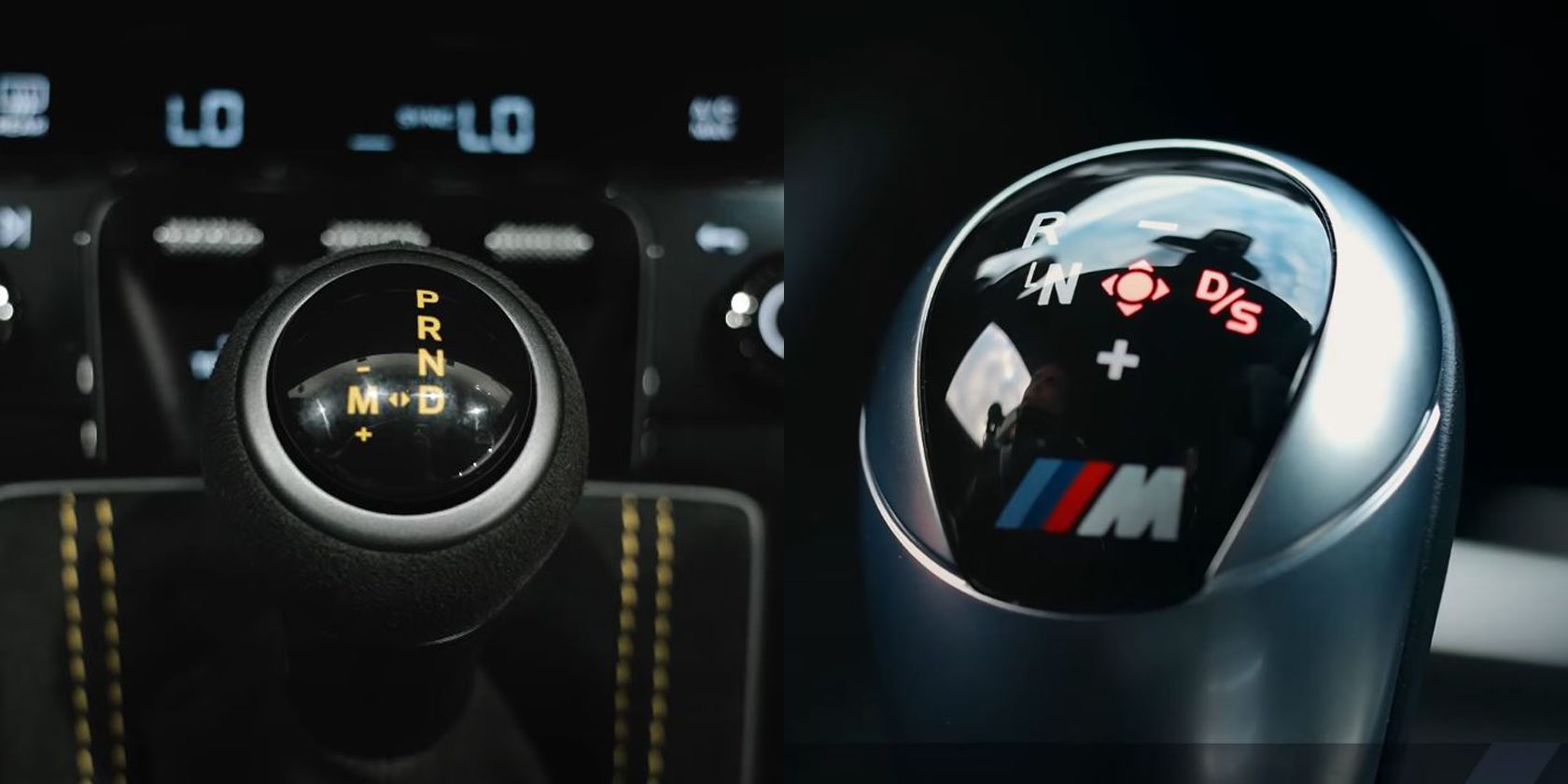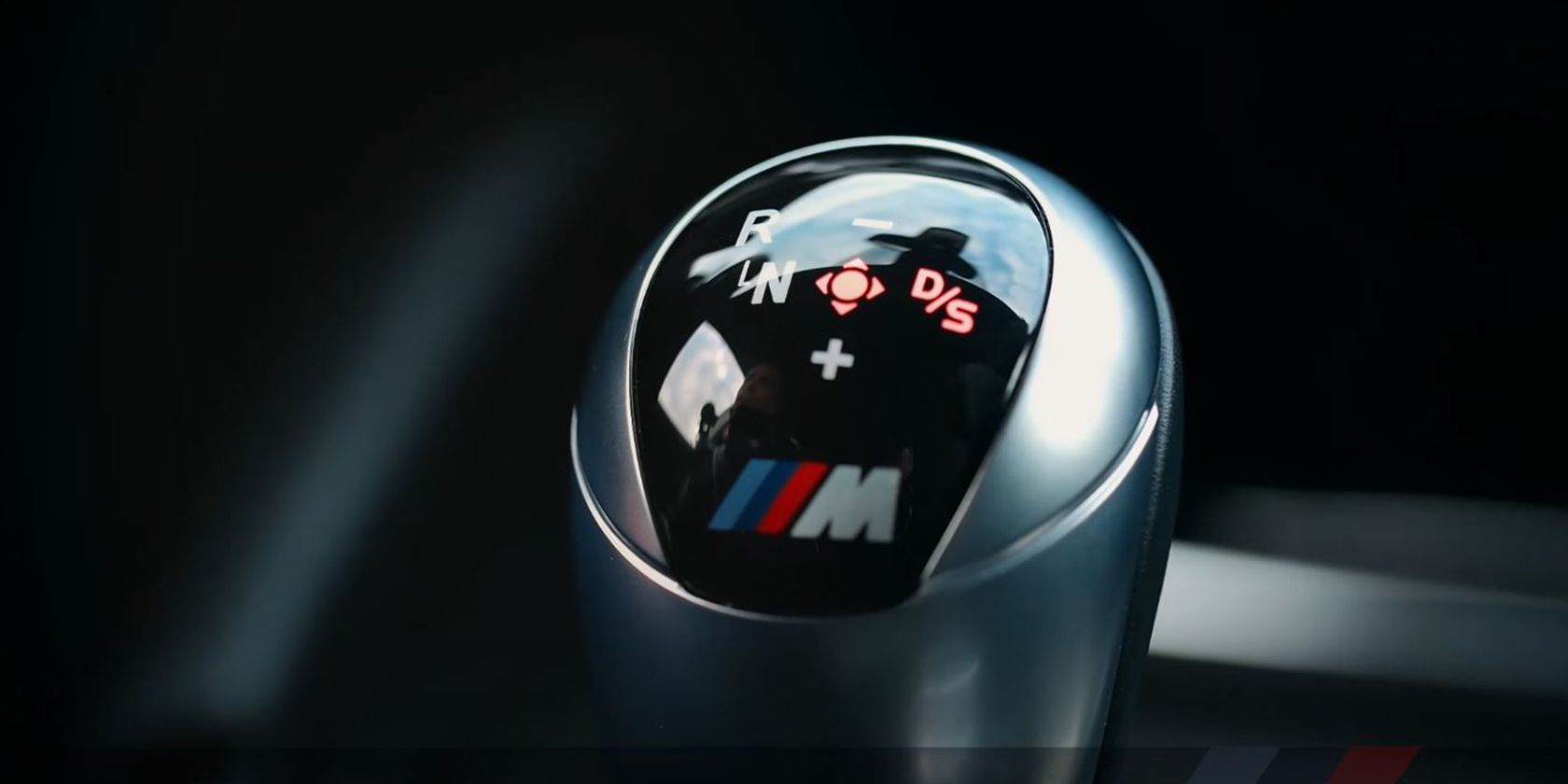When it comes to automobiles, many people have a preference for drivetrain selections, and for a good reason. Vehicles today are equipped with manual or automatic transmissions catering to different drivers.
With auto-tech advancements came dual-clutch transmissions, which are drastically different from traditional automatic transmissions. From Porsche's PDK System to VW/Audi's DSG, it's clear that dual-clutch transmissions are better—but why?
What Is a DCT?
DCT stands for dual-clutch transmission, which also is representative of its construction. Traditional automatic transmissions utilize torque converters and gear sets to operate, whereas DCTs utilize two clutches instead of one. Because of this, they are commonly known as Automated Manual Transmissions (AMTs).
The two-clutch system in a DCT transmission is what truly differentiates itself from a traditional automatic transmission. DCTs don't engage by themselves like those transmissions with torque converters, forcing the car to roll back on hills like a manual transmission. Unlike manual transmissions, DCTs have impeccable shifting ability in terms of timing and consistency.
This is courtesy of a two-clutch system that's responsible for their odd and even gear sets. Furthermore, like engine control units (ECUs), DCT transmissions can be tuned to increase their performance—by providing the driver with quicker and smoother gear changes. Since a driver takes 0.2 seconds for an upshift on average, saving every second counts in performance scenarios.
Differences Between DSG, DCT, and PDK
Car manufacturers often gloat about how their newest vehicle offers DCT, DSG, or PDK. To the uneducated eye, this might come off as additional marketing though it's far from the case. These are all variants of dual-clutch transmissions that tend to be manufacturer specific and catered for their performance vehicles.
DCT is an acronym for dual-clutch transmission and is commonly found on BMWs. DSG is an acronym for a direct-shift gearbox frequently paired with VAG Vehicles, such as Volkswagen and Audi. Lastly, PDK stands for Porsche Doppel Kupplungs, which translates to Porsche dual-clutch transmission. These sequential gearboxes all take the form of wet and dry clutch setups that help them shift as fast as they do.
The Pros and Cons of DCTs
Like most automotive features, there are pros and cons to each added component. Here are some of the quirks and drawbacks of a dual-clutch transmission.
Pros
One of the best things to come from these automated manual transmissions is the insanely fast gear shifts. Courtesy of the dual-clutch design, the next gear is always on deck, resulting in quicker and faster gear shifts than any manual transmission. With the flawlessness of the shifts, missing a gear is never in the equation. This is crucial in performance scenarios where you need every ounce of horsepower planted onto the ground at all times.
Since dual-clutch transmissions are performance-oriented, what many people often overlook when shopping for such gearboxes is the great mileage that comes with it. Because these gearboxes are highly efficient, it results in excellent performance on and off the track.
Cons
The drawbacks of sequential transmissions are few, though some exist. Since these transmissions have so much to offer, they evidently require more service than traditional automatic gearboxes. ATF service is imperative to these gearboxes since they are highly sensitive and depend on hydraulics to operate properly, though with the help of apps, keeping up with maintenance isn't so bad.
Clutch packs can wear out like traditional manual transmissions, though their repair process is much more complex than its counterpart. Because of this, these types of transmissions drive differently than those with torque converters. Rolling back on hills and shifting into neutral are all things to consider when purchasing a vehicle equipped with such transmissions.
DCT: Fast and Efficient Shifting
Automated manual transmissions can do more than just shift fast. Since these gearboxes are highly efficient, they give you more miles to the gallon on the highway, all while saving milliseconds on shifts. While you lose driver experience, the performance from dual-clutch transmissions attempts to compensate, though that's ultimately for the driver to decide.




